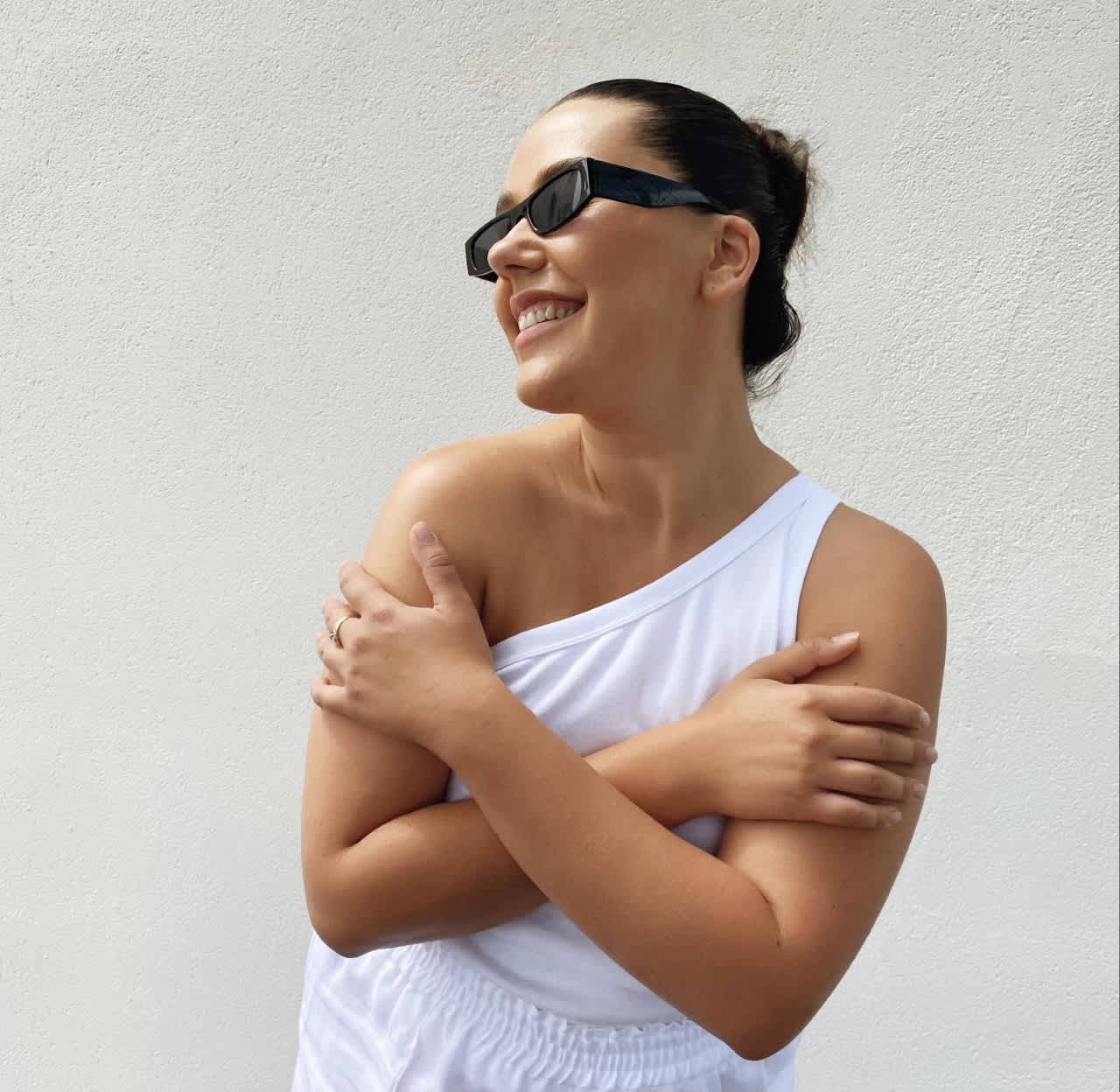
- POPSUGAR Australia
- Living
- The Secret Language Behind Emojis All Comes Down to Your Age
The Secret Language Behind Emojis All Comes Down to Your Age

They might look innocent on the surface, but emojis hold hidden meanings that might differ based on our age.
According to an article in The Australian, to most people over 30, a smiley face simply means happy, good job and a number of other positive sentiments. But for teens and 20-somethings, a smiley face is often seen as patronising or passive aggressive.
This resonates with me. As a 25-year-old, I’ve never had an especially intimate relationship with emojis, but I’m pretty aware of their undertones. And I can totally see how boomers and basically anyone over 40 use emojis in a completely different context than teens and 20-somethings.
So, in light of this, we’ve created a list of the most common emojis in question, and also explained all their different meanings.
Now, there’s no excuse to not get the hint ?.
? Smiley Face
This is your classic, OG smiley. A yellow face with a modest smile, rosy cheeks, and soft, closed eyes. It was designed to convey a wide range of warm, positive feelings, including love, happiness, and gratitude, but these days, are often seen as patronising or sarcastic.
When to use it: Imagine you’ve just come home from work and the kitchen is a mess. Dirty dishes everywhere, the bin is overflowing… and you’re super mad. You text your housemate/partner:
“Thanks so much for cleaning the kitchen ??”
You’ve said something nice, but you don’t mean it. You actually mean the opposite.
I have to say, I’ve definitely done this before. It’s similar to using sarcastic kisses in a message like “You’re so rude xx”, which adds this air of control to the message, like the sender is above being offended by you but still wants you to know that you’ve been rude.
Wow, I’d never thought I’d write a paragraph about a smiley, but here we are.
? Winking face
Ahh, the winky. I feel like winkies used to be cute and now they’re a bit outdated. Like, a winky face is what the hot older guy who doesn’t know how to text is sending you at, like, 9pm on a weeknight.
They can be endearing or off-putting, but it’s totally up to the individual.
I personally think that they’re a great edition to a text that is clearly sexy or cheeky, but you want to keep it light-hearted.
When to use it: “You looked super cute today and I want to kiss you. ?” I mean, that’s a pretty swoon-worthy text.
? Prince
This is called the ‘Prince’ emoji, but what it should be called is ‘King’. It’s become a popular turn of phrase to call people a King or a Queen when they’re generally killing it in any way.
Phrases like “go off King” and “yas Queen” are used all the time on social media, in any situation where a person is ‘slaying’ it up. Things from a massively impressive achievement/award, an amazing outfit, a great caption… it’s totally up to opinion.
People use this emoji pretty regularly as a way of congratulations.
When to use it: My friend went home with a gorgeous girl a few weeks ago and ‘scored’, which earned him this text from his mates: “???”.
☠ Skull and Crossbones
This Skull and Crossbones emoji is less sinister than it looks. Traditionally, we link images like skull with death, which isn’t totally wrong, but in today’s millennial language, we love to utilise death as a metaphor for how dramatic something was.
When to use it:
“That Magic Mike Live show was so sexy, RIP my ovaries, I am dead.”
“OMG I laughed so hard I might die.”
In messages like these, adding in the cross and bones emoji is pretty common. Even just sending the emoji on its own, in a moment that is truly dramatic, makes sense.
Say you’re in class and you can’t stop laughing with your best friend, and you don’t know why. Sending this emoji to your best friend in this context makes sense.
? Cowboy Hat Face
The Cowboy Hate Face, a new favourite. This basically means when you’re smiling on the outside, but dying on the inside. You could be embarrassed, nervous, hurt, etc.
There’s no real explanation behind this meaning, so it’s up for interpretation. Personally, I think it could be wearing a uniform or hat, gives you something to hide behind, meaning you don’t have to show how you’re really feeling.
Also, for some reason cowboy-themed things are really trendy right now… has anyone else noticed that?
When to use it:
“You’re going to kill it in this job interview!”
“Ugh IDK I’m nervous, but I’ll do my best ?”
? Eggplant
We couldn’t leave out the Eggplant emoji. Leave it to us young people to take something roughly phallic-shaped and change its entire definition to signify a p*nis.
I don’t even know when this came to be, but I do know Instagram banned the #? in 2015 due to its connotations. Still, it continues to be utilised in suggestive and sexual ways.
When to use it: TBH, as long as there’s consent, it’s okay with us. What would life be without a bit of light sexting?



